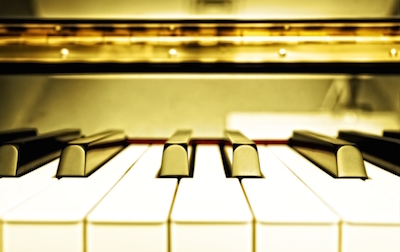A grand piano has about 14,000 parts in total. It includes as many as nine different types of wood, and the action contains many different types of leather and felt.
In all, there are about 20 different things that can be adjusted on each key to make it play better. And if you play the piano, playing the best is something you strive for each time you play. You want the notes to sound perfect. You want perfect harmony when multiple notes are played at the same time. You want them to move with ease. You want to be able to create the right amount of power. These adjustments are called regulating the action, or regulating the piano.
Many pianos come from the factory in fairly well regulated. Others need service to bring them to optimal condition. And once a piano is in place, in an owner’s home, by the time its been played even a few years, it almost always needs regulation to bring it back to its prime.
Why does this happen?
Wood shrinks and swells with changes in the humidity (with nine different kinds of wood intact, they can each change at a different pace.) The keybed, the keyframe. The key height, the hammer height – all have changed based on the environment, how much the piano was played, maintenance, regular tuning sessions, etc.
And that’s just the wood. The felt and leather have all been used over and over again, worn and crushed under the pressure of each key being striked as music is created. Some parts may hold up while others fade away. Their relationship to one another changes from a variety of things.
Most modern day pianos are made in assembly line fashion. That means each piece of a piano is the same as the piece next to it. If a piano was made before the 1950s, most were handcrafted by hand, meaning each piece was created individually. Which also means less consistency from piano to piano. Parts are regulated down to a couple thousandths of an inch. The more consistency there is from key to key, the higher the level of performance when played.
If you’ve ever wished you could play better, wanted your piano to make a better sound, some of it could be your piano. If you’ve ever wanted to be able to play faster repetitions, or find finesse on slower features, it could be your piano.
That’s where regulation comes into play.
Is it time to regulate your piano?

